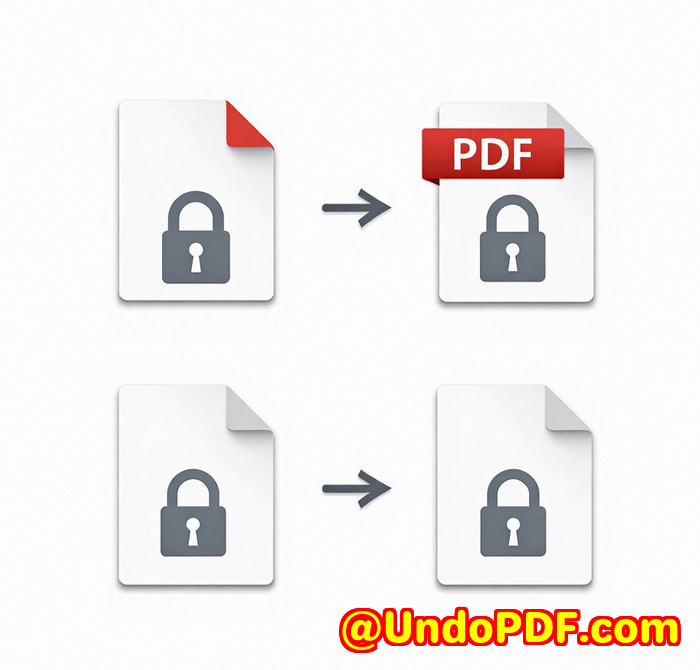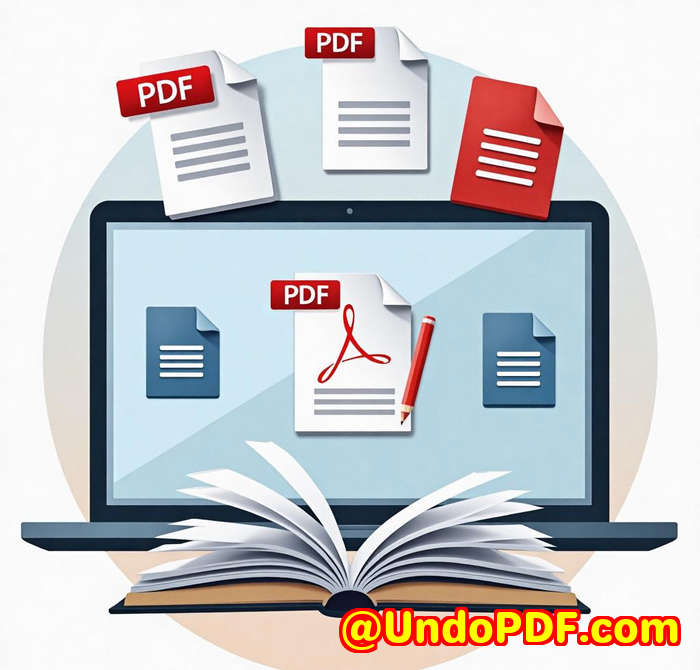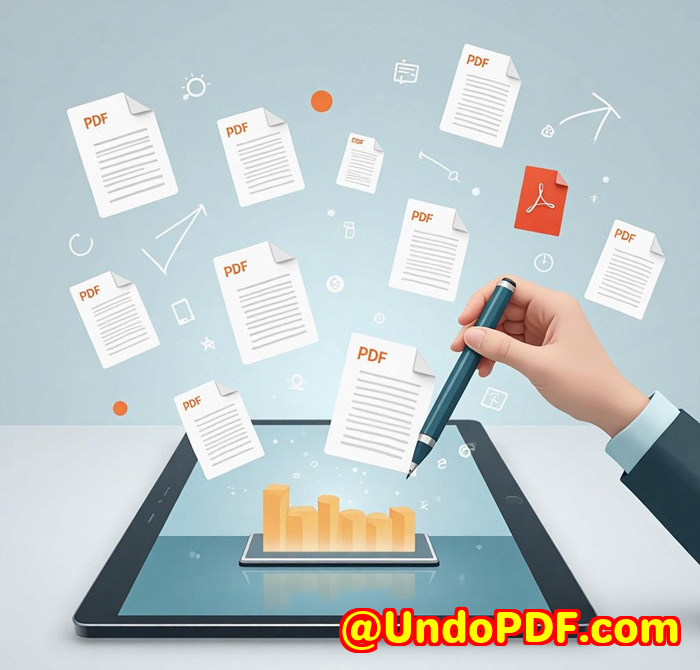How Real Estate Firms Save Time by Printing Listings to PDF with Custom SDK
How Real Estate Firms Save Time by Printing Listings to PDF with Custom SDK
Every real estate agent knows the feeling: rushing to prepare listings for potential clients, constantly switching between multiple applications to create polished documents, and printing out flyers and brochures that always need adjustments. The need for streamlined document creation is more critical than ever in a fast-paced industry like real estate. Fortunately, I found a tool that eliminates many of these pain points: the VeryPDF Virtual PDF Printer Driver SDK.

A Game-Changer for Real Estate Listings
Imagine this: A real estate agent receives a new property listing and needs to generate professional-quality PDFs for marketing materials. Traditionally, this would involve multiple stepscreating the document in Word, manually formatting it, and then printing it to PDF. But with the VeryPDF Virtual PDF Printer Driver SDK, everything becomes a breeze. This tool integrates seamlessly with any application that supports printing, turning the process of generating PDFs into a one-click operation.
What is the Virtual PDF Printer SDK?
The Virtual PDF Printer SDK is a software development kit (SDK) that allows developers to add “Print to PDF” functionality to their applications. Whether you’re creating custom software for your real estate firm or you want to enhance your existing solutions, this SDK makes it incredibly easy to generate PDF documents from any Windows-based application that can print.
Key Features Real Estate Firms Love
As a real estate professional, speed and reliability are crucial when creating documents. Here are a few standout features of the Virtual PDF Printer SDK that I personally rely on:
-
Seamless Integration
The SDK integrates effortlessly into your applications. For example, when preparing property listings, you can print directly to a PDF with no hasslestraight from your CRM, inventory management software, or email client. It eliminates the need to jump between programs.
-
High-Quality PDF Output
The PDFs generated are top-notchperfect for client-facing documents. Whether it’s a property brochure or a contract, the PDF output is sharp, with the correct fonts, images, and formatting intact. No more worrying about resolution or quality.
-
Batch Processing for Efficiency
For larger real estate firms with hundreds of listings, the SDK supports batch printing. This means you can automatically create PDFs for multiple listings in one go, saving hours of manual work.
-
Customizable Naming and Output Locations
With the ability to specify output file names and save locations, you can organize your documents neatly. This is especially helpful when you have a large volume of listings and need a consistent way to store your files.
-
Security Features
Security is always a concern when handling sensitive documents. The SDK offers 128-bit encryption, which helps you protect the confidentiality of your contracts and listings before sending them out.
How It Works for Real Estate
Let’s walk through a typical scenario: You’ve just listed a new property and need to create a high-quality PDF flyer. With the VeryPDF Virtual PDF Printer SDK, here’s what happens:
-
You open your listing in your CRM or word processor.
-
You hit ‘print’ and select the VeryPDF Virtual PDF Printer as your printer.
-
The SDK creates a professional PDF instantly and saves it to your designated folder.
-
If you need to send it out via email, the SDK can even do that for you automatically!
This solution simplifies the workflow, reduces human error, and accelerates the document creation processexactly what every real estate firm needs to stay competitive.
Personal Experience: Efficiency at Its Best
As someone who’s been in the real estate game for a while, I’ve struggled with document management more times than I can count. We would spend hours formatting, printing, and reprinting documents, all while dealing with the frustration of unaligned text or missing images in our PDFs.
But after integrating the VeryPDF Virtual PDF Printer SDK into our system, we noticed an immediate improvement. The time we spent on document creation decreased drastically. What once took us hours, now takes just minutes. Not only that, but our documents look more professional, and our team can focus more on what really mattersclosing deals.
Why Real Estate Professionals Should Choose This SDK
If you’re a real estate agent, developer, or firm looking to streamline your document management and marketing, I highly recommend trying the VeryPDF Virtual PDF Printer Driver SDK. Here’s why:
-
It saves you time by automating PDF creation.
-
It ensures top-quality PDFs with every document.
-
It integrates seamlessly into your existing systems.
-
It helps you keep your documents secure with encryption.
-
It offers batch processing, making it perfect for handling multiple listings at once.
For anyone dealing with high volumes of documents or needing a reliable tool for creating professional PDFs, the Virtual PDF Printer SDK is a game-changer.
Click here to try it out for yourself: VeryPDF Virtual PDF Printer SDK
Custom Development Services by VeryPDF
VeryPDF provides tailored development services to meet your unique business needs. Whether you need a custom PDF solution for your Windows, Linux, macOS, or mobile platform, VeryPDF’s expertise in software development spans a wide range of technologies. From integrating PDF generation into your own applications to creating specialized solutions for document security, VeryPDF can assist you in building the perfect solution.
If you need a custom development or have specific technical requirements, feel free to reach out to VeryPDF via their support centre: VeryPDF Support.
FAQs
Q1: Can the Virtual PDF Printer SDK be used in any Windows-based application?
Yes, the SDK works with any Windows application that supports printing, including popular tools like Microsoft Word, Excel, and custom-built software.
Q2: Is the SDK compatible with both 32-bit and 64-bit systems?
Absolutely. It supports both 32-bit and 64-bit Windows systems, including the latest versions of Windows.
Q3: How does the batch printing feature work?
The SDK allows you to print multiple documents to PDF at once, which is perfect for handling large volumes of listings or reports.
Q4: Can I customize the output path and filename for my PDFs?
Yes, the SDK allows you to set custom file names and output locations, making it easier to manage and organise your documents.
Q5: Does the SDK offer any security features for the PDFs it generates?
Yes, you can secure your PDFs with 128-bit encryption, ensuring your sensitive documents are protected.
Tags
-
Virtual PDF Printer SDK
-
Real Estate PDF Solution
-
Print to PDF for Real Estate
-
Real Estate Document Management
-
PDF Generation SDK



